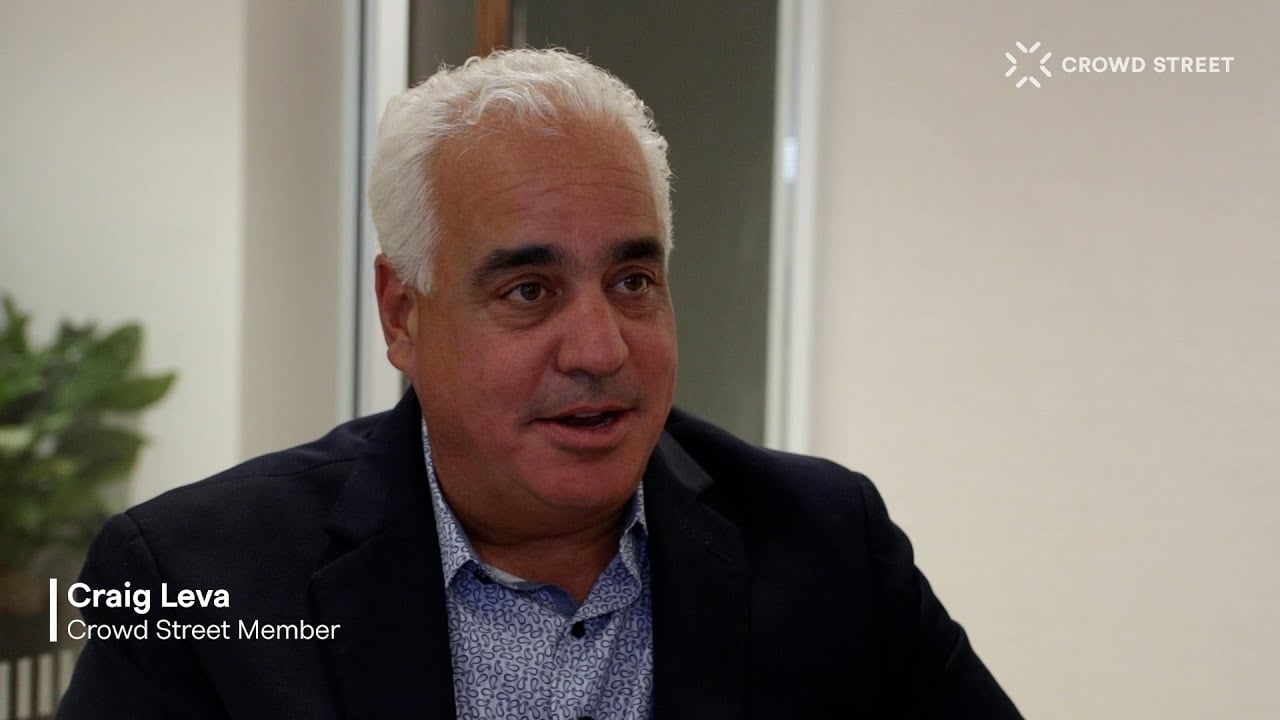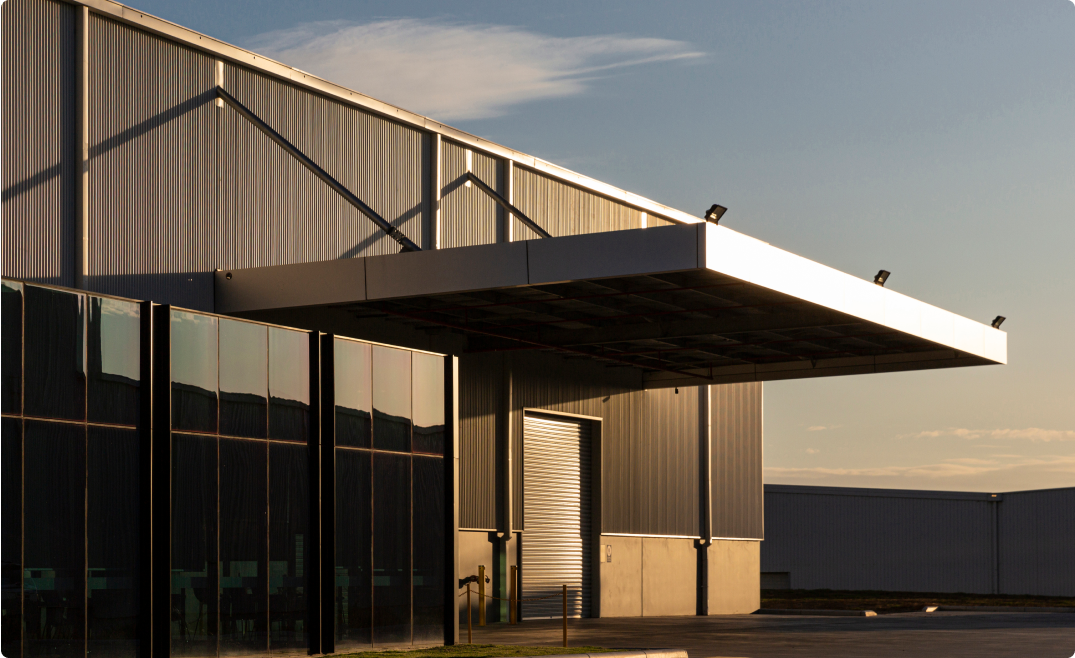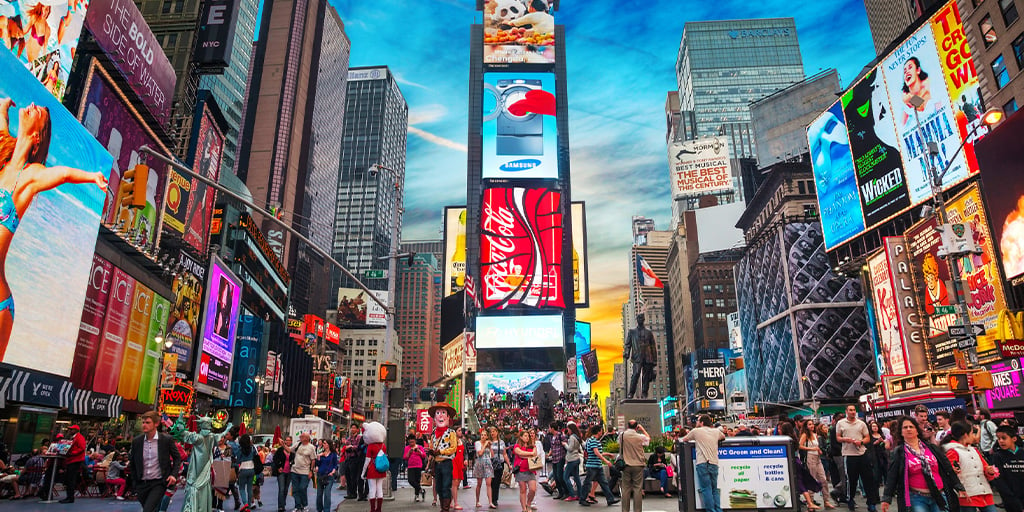Resource Center
Crowd Street has an ever-growing pool of resources to help investors understand and navigate the nuances of private market investing.
Video Insights
Explore our collection of videos, featuring commercial real estate insights, sponsor spotlights, and interviews with industry leaders.Investment Fundamentals
Concepts and topics serving as the foundation for real estate investingEconomic Trends
Financial conditions and demographic drivers shaping the real estate industryProperty Perspectives
Economic trends and demand dynamics influencing property sector performanceMarket Views
Insights and analysis covering of local and regional real estate marketsExclusive commentary and eye-opening insights
delivered right to your inbox.
delivered right to your inbox.
Sign up for our newsletter to gain access to the market knowledge you need.











